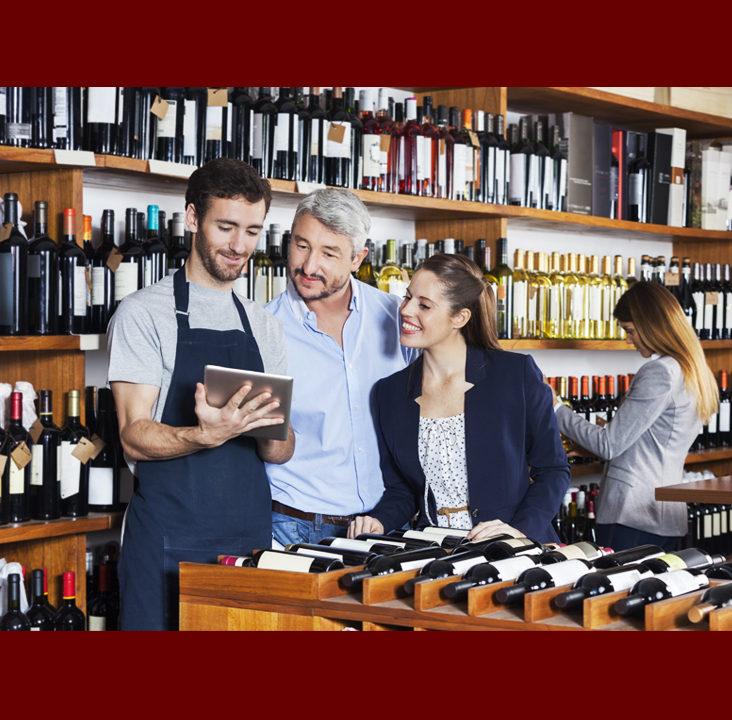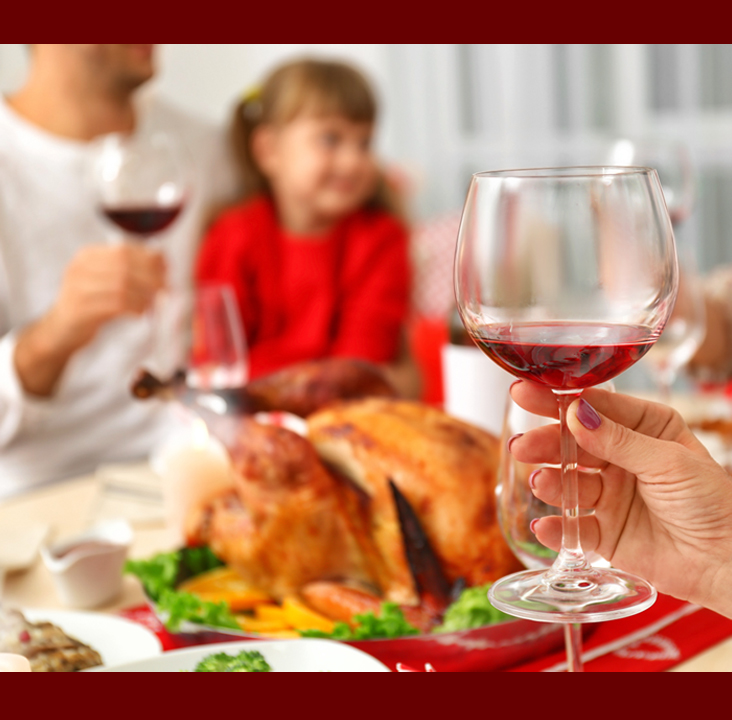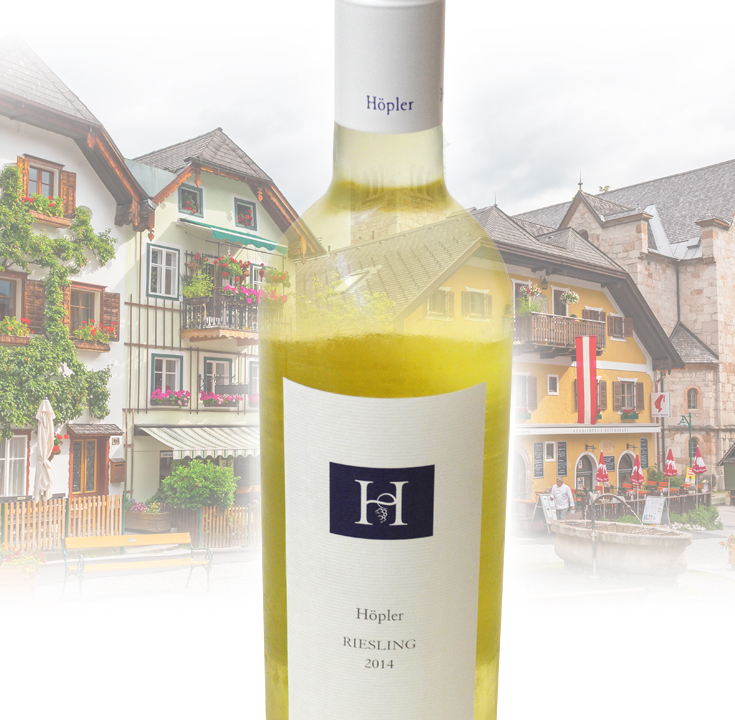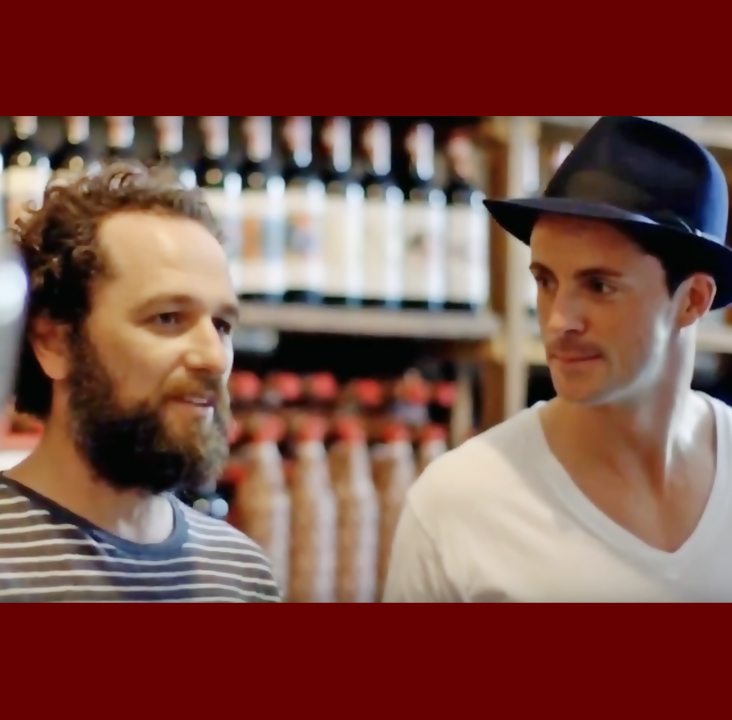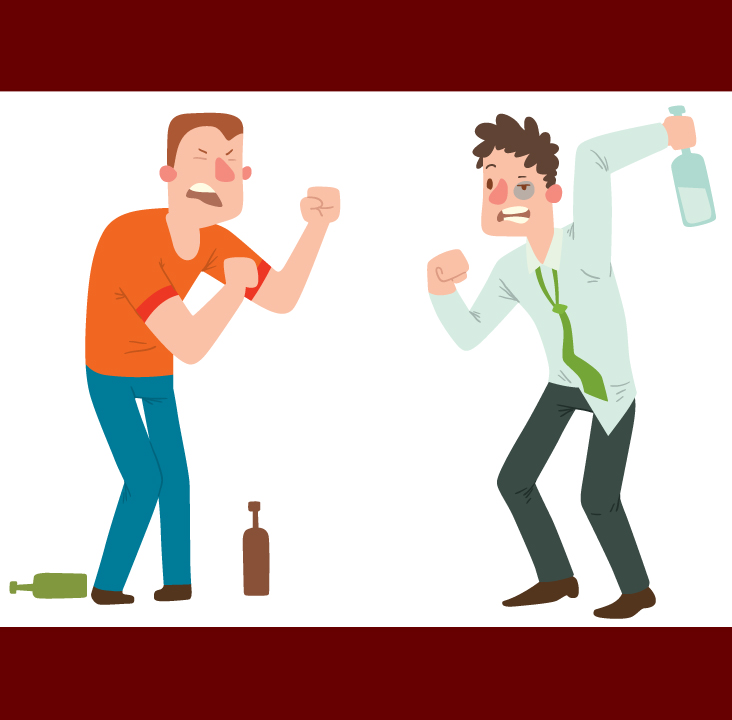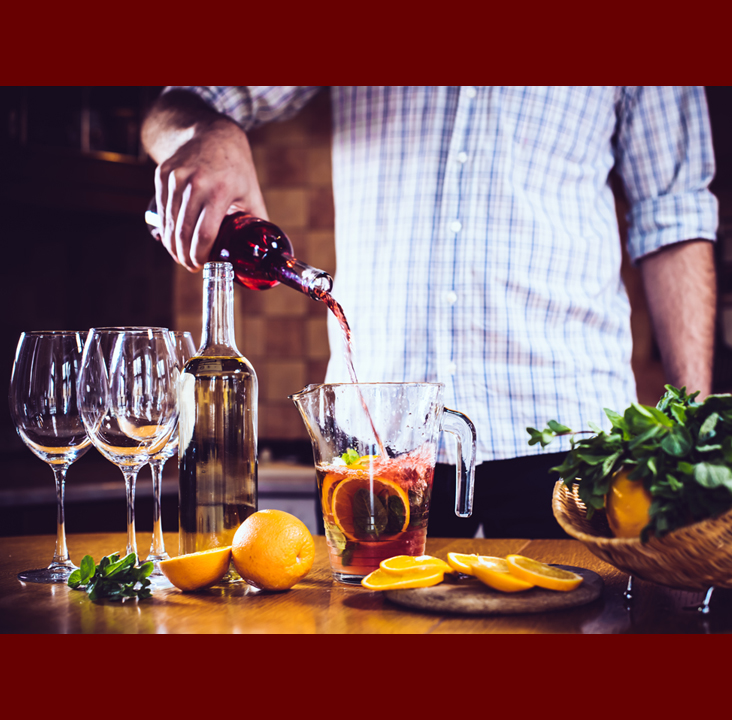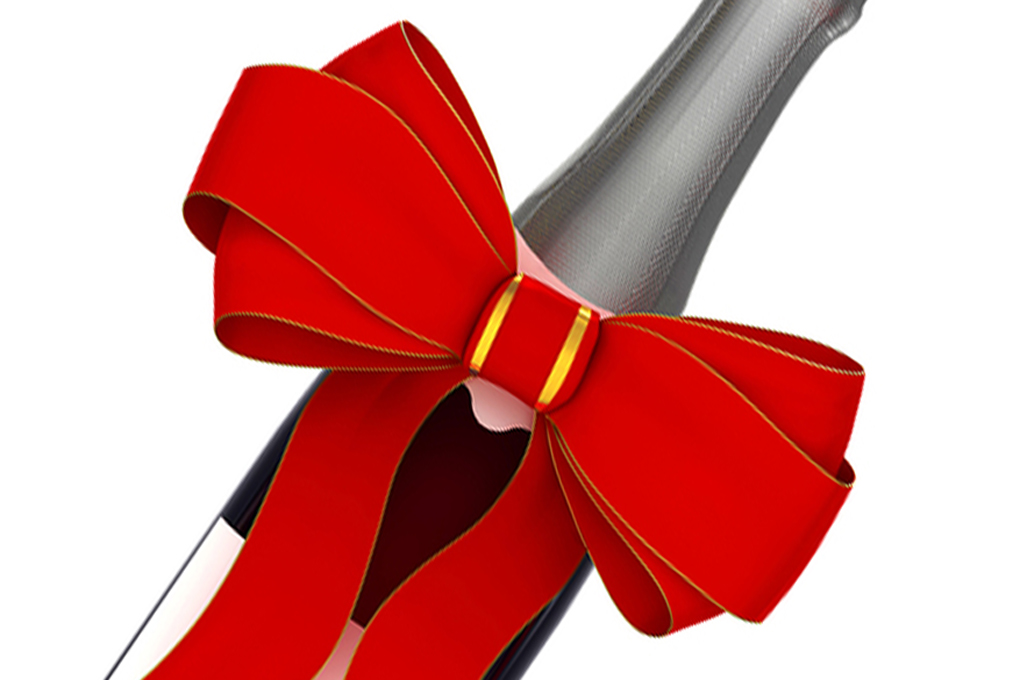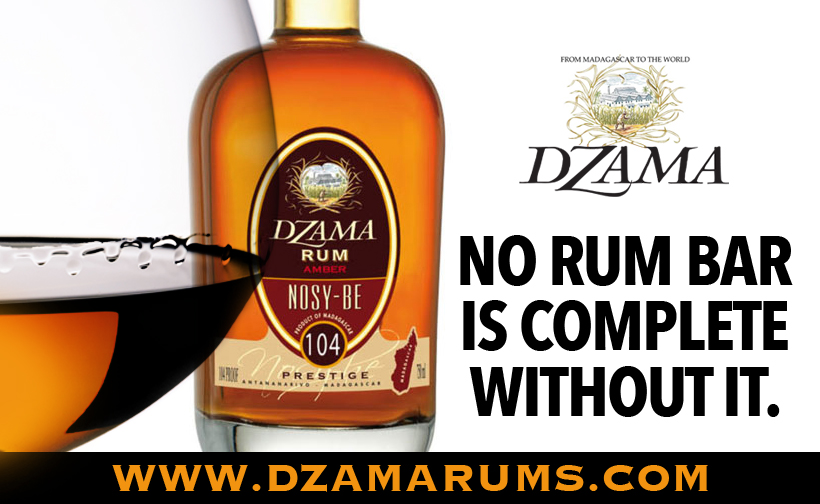
The Growing Popularity of Rums from Madagascar
Category : Rum
A series of little known rums produced on the extreme Southeast of the African continent has been growing in popularity ever since its introduction to the American states a few years ago. The rums are produced by Dzama (pronounced “zama”) Rhum of Madagascar. It all started when the owner of Vizcaya Wine Imports discovered “Amber de Nosy-Bé,” Dzama’s top-of-the-line overproof sipping rum. At the time, the rums were only available on the island of Madagascar and in Europe.
Other rums from Madagascar of consistent quality followed: Blanc de Nosy-Bé, Cuvée Blanche Prestige, Dzama Cuvée Noire, Dzama Cuvée Blanche, Cuvée Noire Classique, and Cuvée Blanche Classique. In just a few years, these rums have garnered over 25 international awards, starting with a Bronze Medal at the 2010 International Wine and Spirits Competition, and most recently, the Best of Class Award at the 2017 Miami Rum Renaissance Festival for the Cuvée Blanche Classique. Ten of the awards have been gold medals.
The rums also won praise from rum critics such as Robert Burr. “Bahama” Bob Leonard wrote about Amber de Nosy Bé, saying it was “very unique in its flavor and aroma… a welcome addition to the international flavor of rum.” Total Wine, the wine and spirits chain, picked it up and made it available in its stores. The rums also became available in various prestigious restaurants and bars, becoming a standard brand in the Florida Keys, and is gaining a following in New York’s Harlem. Dzama rums can now be found in a growing number of states, including New York, Florida, California, New Jersey, and Pennsylvania. Washington State, Illinois, Wisconsin, and Texas will soon be added. Besides the Total Wine website, the rums are also available online at “www.1-877-spirits.com.”
Dzama Rhum is the creation of Lucien Fohine and his wife, who began production in 1980 on the island of Nosy Bé off the northern shore of Madagascar. After building a successful whiskey bottling business, they saw an opportunity to make high quality, barrel-aged rums that embodied the unique characteristics of Madagascar. The mineral elements and terroir of Madagascar make it difficult if not impossible to duplicate the taste anywhere else. The terroir of the island imparts particularly distinctive aromas and flavors that show themselves consistently throughout the range of Dzama rums. Trace amounts of the essential oils produced by the ylan-ylan tree and other aromatic plants such as vanilla, clove, citrus, and pepper travel to the sugar cane used to produce the rums. The volcanic soil of Nosy Bé contributes essential mineral elements that along with oak aging in barrels once used at the Chivas Brothers Distillery plus French Limousin oak work to create a unique harmony of flavors. As a result, no artificial or synthetic ingredients of any kind are necessary in the production of Dzama Rums.
Dzama’s sipping rum, Amber de Nosy Bé, which has been compared to a fine VSOP Cognac, is now one of the few remaining overproof rums on the American market. There will be another opportunity to taste it, along with the other Dzama rums, at the 2018 Rum Renaissance Festival, which will be held in Fort Lauderdale, Florida (on June 9-10), as well as VINEXPO in Europe.
Other sites of interest:

